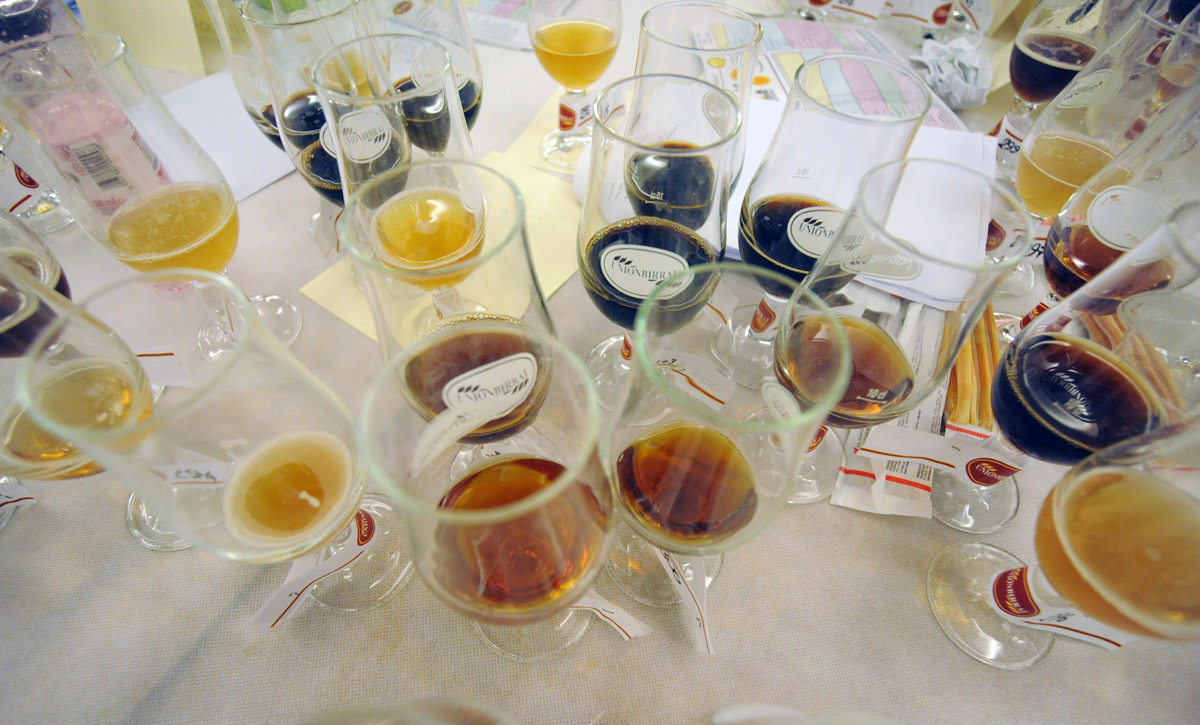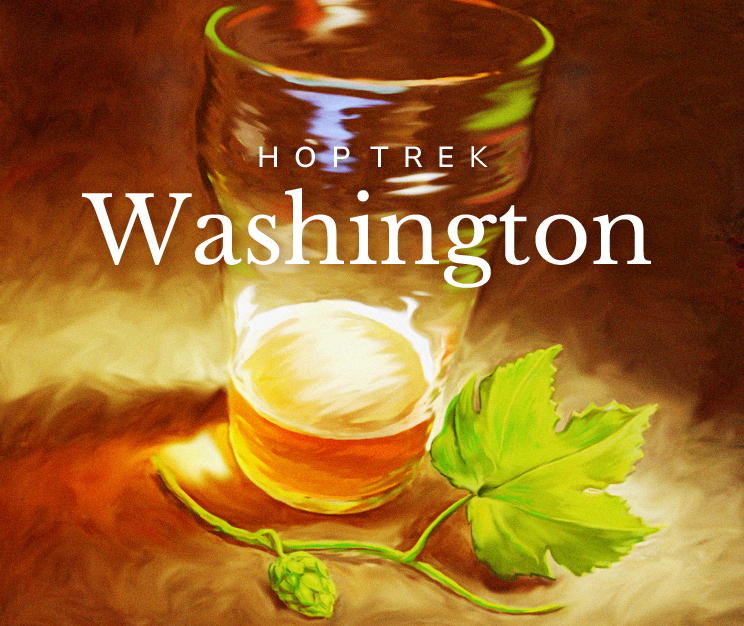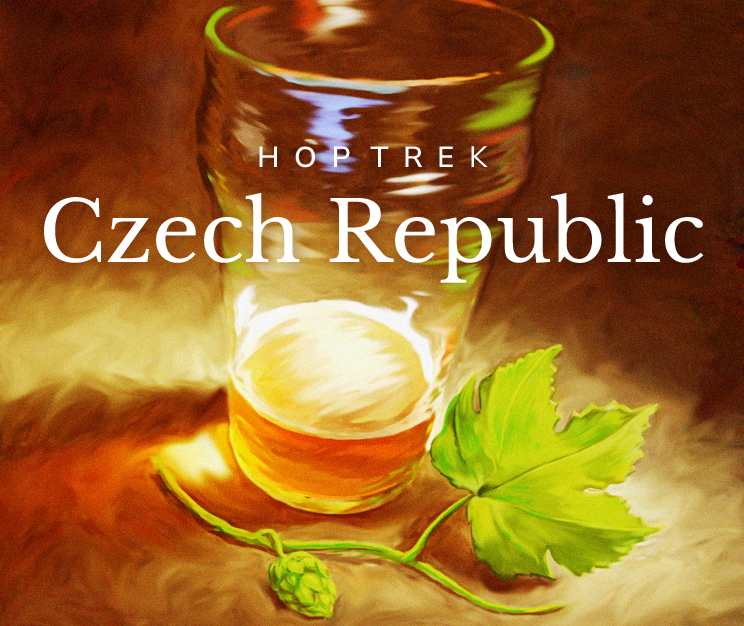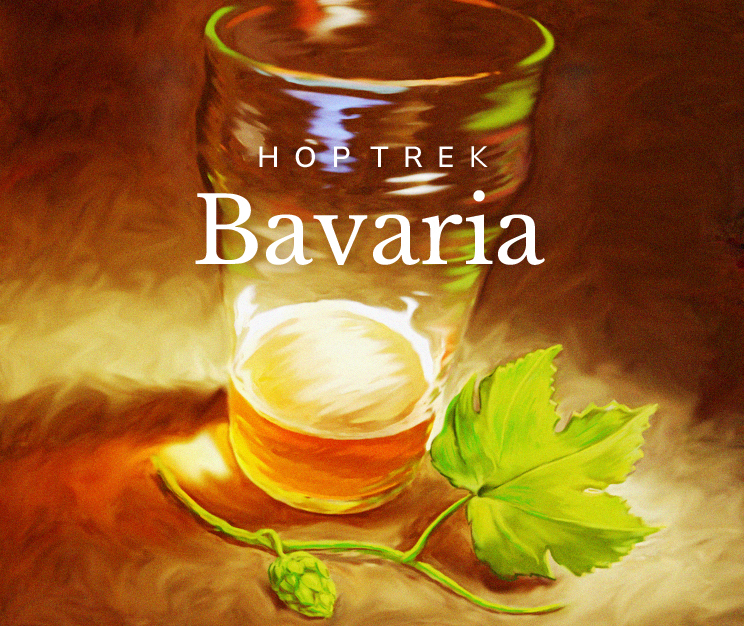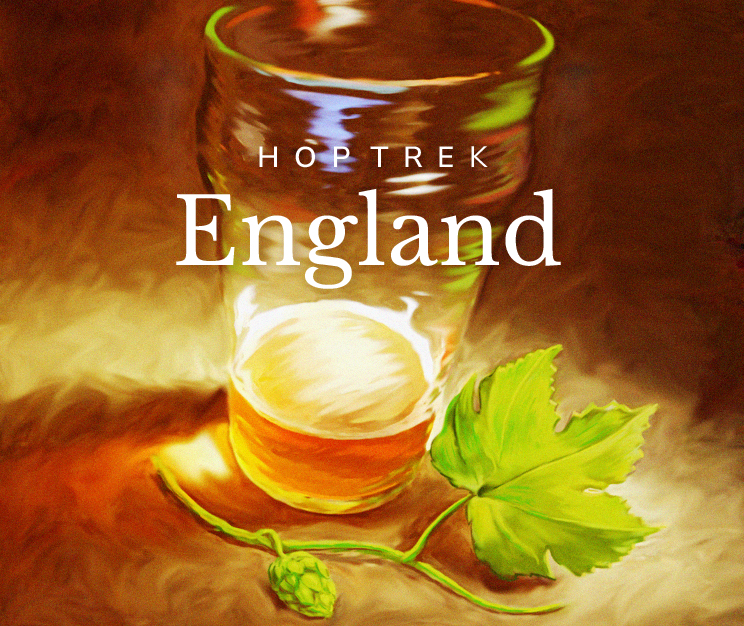The Bittersweet Taste of Tradition
As art, every beer is part of a larger story, and comes out of a specific context, whether it’s a traditional classic or an avant-garde experiment. These stories, technological guideposts and aesthetic characteristics shape not only the specifics of the drink itself, but our expectations, attitudes and ultimately the nature of our interaction with it. Tradition is a metaphoric bucket for certain ideas that get poured into beer along with the malt and hops.

